10 Best Herbal Teas For Eye Infection
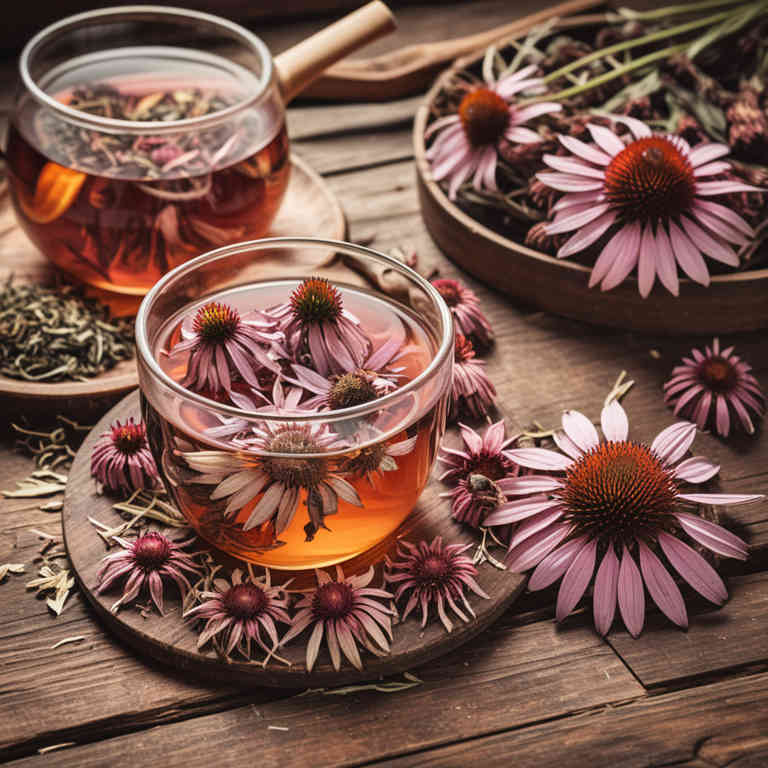
Herbal teas can be a natural and soothing remedy for certain types of eye infections, particularly those caused by inflammation or mild irritations.
Chamomile, green tea, and calendula are commonly used herbs known for their anti-inflammatory and antimicrobial properties. To prepare an herbal eye compress, steep a few tea bags in hot water, let them cool, and then apply them to the closed eyelids for 10 to 15 minutes. While these teas may provide relief, they should not replace professional medical treatment for more severe or persistent infections.
It is always advisable to consult a healthcare provider to determine the underlying cause and appropriate treatment for eye infections.
FREE Herb Drying Checklist
How to make sure every batch retains maximum flavor, color, and aroma without the risk of mold or over-drying. Eliminate guesswork and trial-and-error, making herb drying faster, easier, and more efficient every time.
Table of Contents
1. Matricaria chamomilla

Matricaria chamomilla, commonly known as chamomile, is a herbal tea that has been traditionally used for its calming and anti-inflammatory properties.
While it is widely recognized for its soothing effects on the digestive system, chamomile tea may also offer some benefits for eye infections due to its antimicrobial and anti-inflammatory compounds. The tea contains flavonoids and essential oils, such as bisabolol, which can help reduce redness and irritation associated with minor eye infections. However, it is important to note that chamomile tea should not replace professional medical treatment for more severe or persistent eye conditions.
Always consult a healthcare provider before using any herbal remedy, especially for eye-related issues.
2. Hypericum perforatum

Hypericum perforatum, commonly known as St. John's Wort, is traditionally used in herbal teas for its potential anti-inflammatory and antimicrobial properties.
While it is more widely recognized for its use in treating mild depression, some studies suggest that its compounds may help reduce inflammation and support the healing of minor eye infections. When prepared as a tea, hypericum perforatum is often consumed internally, but it can also be applied externally as a compress to soothe irritated eyes. However, it is important to note that it should not be used as a substitute for professional medical treatment, especially for more severe or persistent eye infections.
Due to its interactions with certain medications, individuals should consult a healthcare provider before using St. John's Wort for eye-related concerns.
3. Urtica dioica
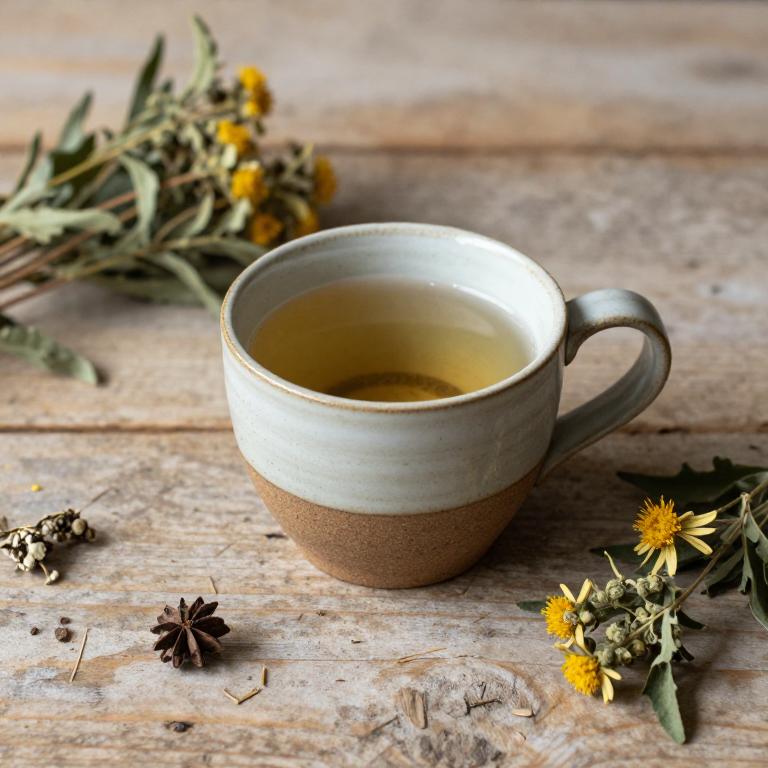
Urtica dioica, commonly known as stinging nettle, has been traditionally used in herbal medicine for its anti-inflammatory and antimicrobial properties.
While it is not a primary treatment for eye infections, some herbal teas made from stinging nettle may help reduce inflammation and support overall eye health when used as a complementary therapy. To prepare the tea, the leaves are typically dried and steeped in hot water, then cooled before use. However, it is important to consult a healthcare professional before using stinging nettle tea, especially for eye infections, as it may not be effective or safe for severe cases.
Always ensure that any herbal remedy is used alongside proper medical treatment for infections.
4. Camellia sinensis
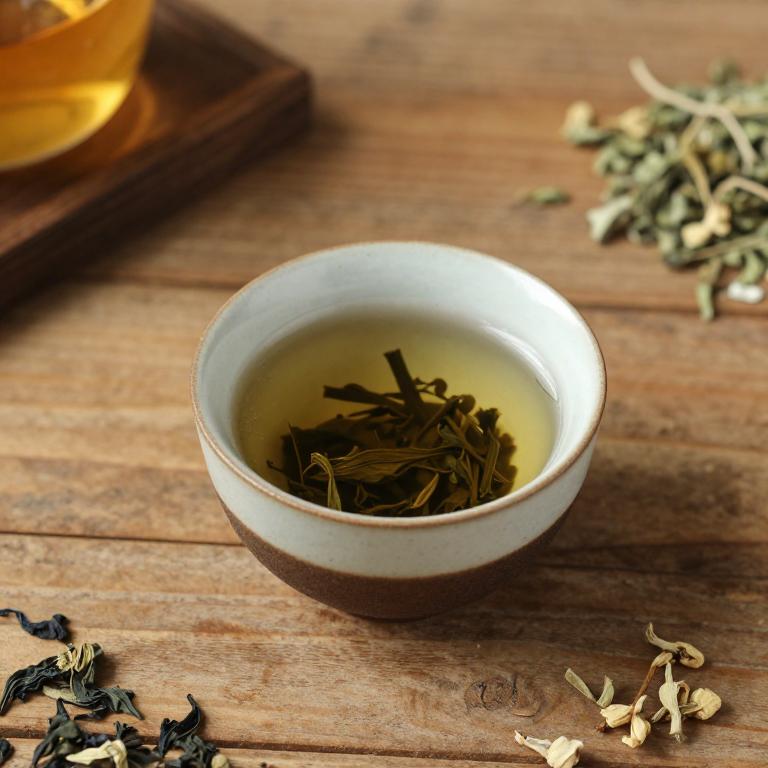
Camellia sinensis, the plant from which green and black teas are derived, contains bioactive compounds such as polyphenols and catechins that possess anti-inflammatory and antimicrobial properties.
These properties make Camellia sinensis herbal teas potentially beneficial in reducing inflammation and combating bacterial infections associated with eye conditions. While not a substitute for medical treatment, some studies suggest that regular consumption of these teas may support overall eye health and aid in the recovery from mild eye infections. However, it is important to consult a healthcare professional before using herbal teas as a treatment for eye infections.
The soothing effects of Camellia sinensis teas may also help alleviate symptoms such as redness and irritation, offering a natural complement to conventional care.
5. Vitex agnus-castus
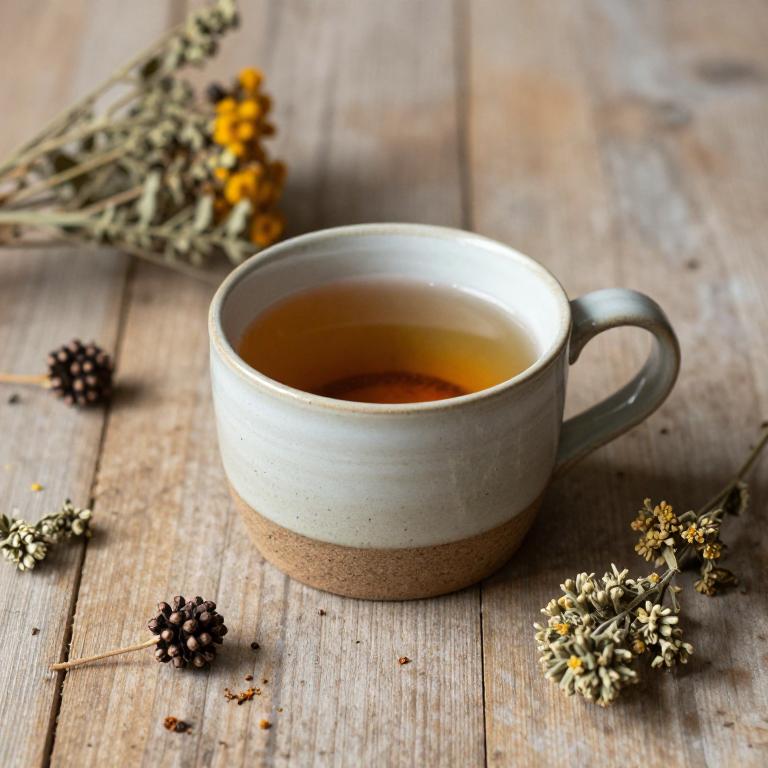
Vitex agnus-castus, commonly known as chaste tree, has been traditionally used in herbal medicine for its potential therapeutic properties.
While it is often associated with hormonal balance and menstrual regulation, some preliminary studies suggest it may have anti-inflammatory and antimicrobial effects that could support eye health. Herbal teas made from vitex agnus-castus are typically prepared by steeping the dried berries in hot water, and they are sometimes used as a complementary remedy for mild eye infections. However, it is important to note that there is limited clinical evidence specifically supporting its efficacy for treating eye infections, and it should not replace conventional medical treatments.
Always consult with a healthcare professional before using vitex agnus-castus, especially if you have existing health conditions or are taking other medications.
6. Salvia officinalis
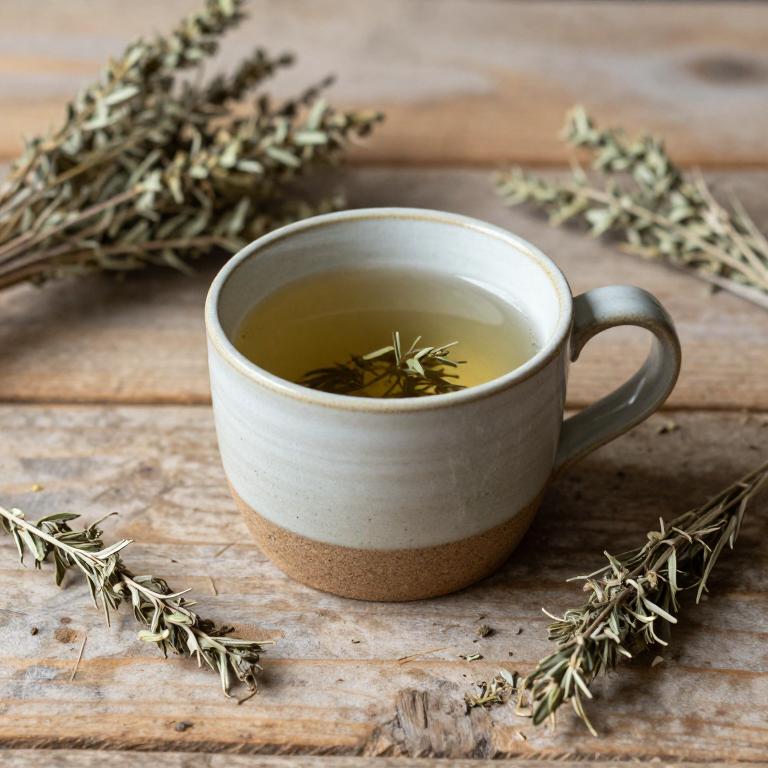
Salvia officinalis, commonly known as sage, has been traditionally used in herbal teas to support eye health and alleviate symptoms of eye infections.
The plant contains compounds such as thujone and rosmarinic acid, which possess antimicrobial and anti-inflammatory properties that may help combat bacterial and viral infections. When brewed into a soothing tea, sage can be used as a natural remedy to reduce redness, swelling, and irritation around the eyes. Some studies suggest that sage tea may help improve tear production and reduce conjunctival inflammation.
However, it is important to consult a healthcare professional before using sage tea for eye infections, especially if symptoms persist or worsen.
7. Lavandula angustifolia
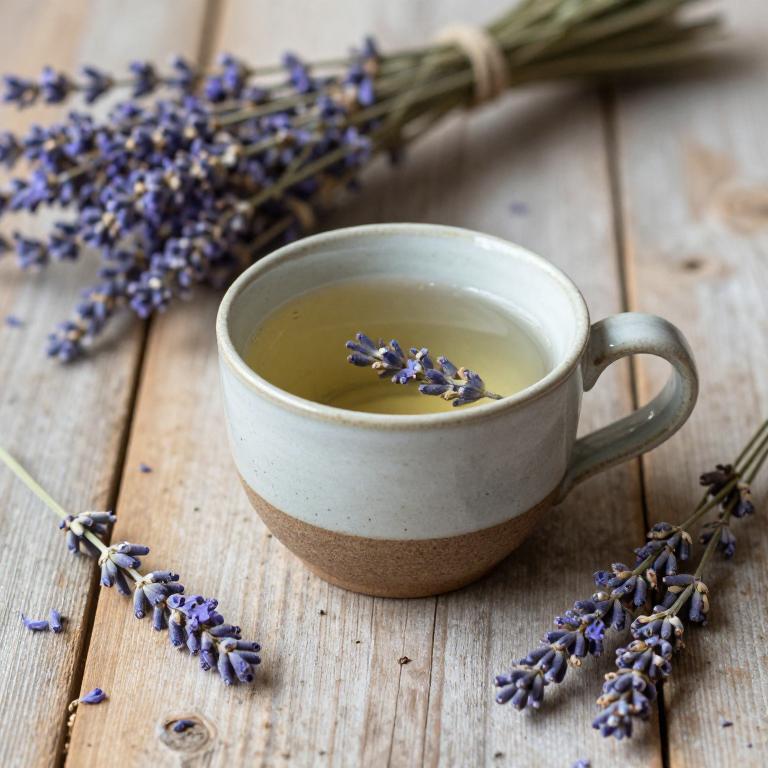
Lavandula angustifolia, commonly known as English lavender, is often used in herbal teas for its soothing and anti-inflammatory properties.
While it is not a substitute for medical treatment, some studies suggest that lavender may help reduce symptoms of mild eye infections due to its antimicrobial and calming effects. The essential oils in lavender, such as linalool and lavandin, have been shown to possess antibacterial and antifungal properties that may support eye health. To use lavender tea for eye care, it is typically cooled and applied as a compress to the affected area.
However, it is important to consult a healthcare professional before using any herbal remedy, especially for persistent or severe eye infections.
8. Echinacea purpurea
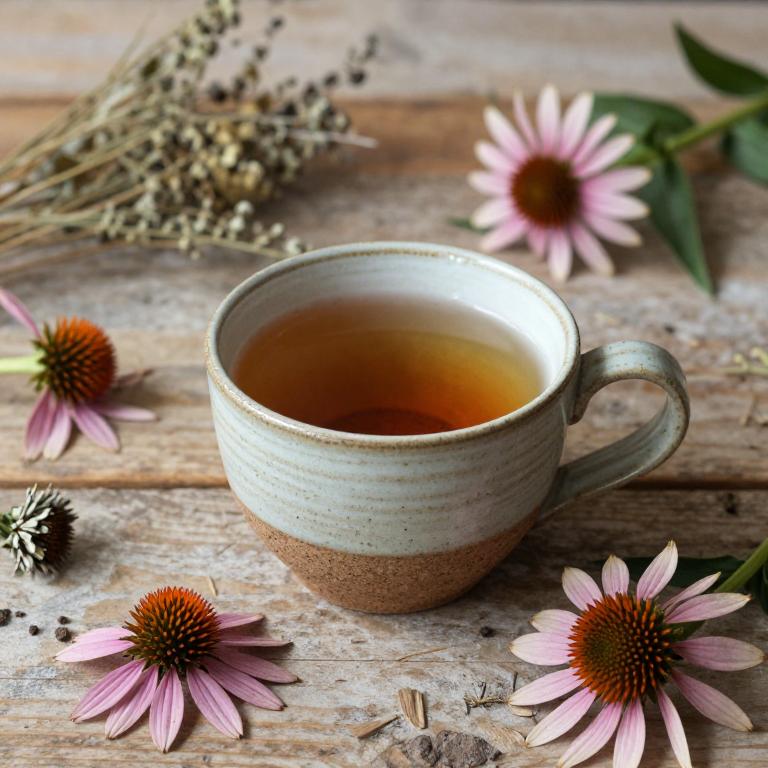
Echinacea purpurea, commonly known as purple coneflower, is a popular herbal remedy often used to support immune function.
While it is traditionally used for colds and infections, some people may consider it for its potential anti-inflammatory and antimicrobial properties. However, there is limited scientific evidence supporting its effectiveness in treating eye infections specifically. Eye infections, such as conjunctivitis or blepharitis, typically require targeted treatments like antibiotic eye drops or antifungal medications.
It is important to consult a healthcare professional before using echinacea or any herbal remedy for eye-related issues, as improper treatment can lead to complications.
9. Achillea millefolium
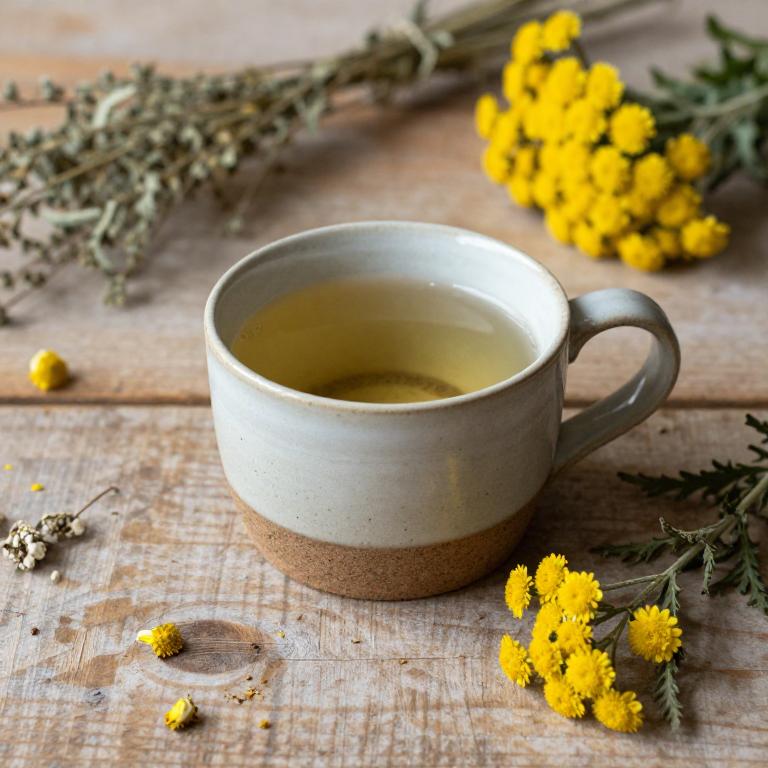
Achillea millefolium, commonly known as yarrow, has been traditionally used in herbal medicine for its anti-inflammatory and antimicrobial properties, making it a potential natural remedy for eye infections.
When brewed into a tea, yarrow may help reduce redness, swelling, and irritation associated with conditions like conjunctivitis or styes. However, it is important to note that while some studies suggest its efficacy, there is limited clinical evidence specifically supporting its use for eye infections. Due to the sensitivity of the eye, it is advisable to consult a healthcare professional before using yarrow tea as a treatment.
As with any herbal remedy, proper preparation and dosage are crucial to avoid adverse effects.
10. Rosa canina

Rosa canina, also known as rose hip, is a traditional herbal remedy that has been used for centuries for its rich content of antioxidants, vitamins, and anti-inflammatory properties.
When brewed into a herbal tea, rose hip can support eye health by reducing inflammation and promoting the healing of eye infections due to its high concentration of vitamin C and other bioactive compounds. This natural tea is often recommended for mild cases of conjunctivitis or irritated eyes, as it helps to soothe discomfort and boost the immune system. However, it is important to consult a healthcare professional before using rose hip tea for eye infections, especially if symptoms persist or worsen.
While generally safe, individual reactions may vary, and it should not replace medical treatment for severe or persistent eye conditions.